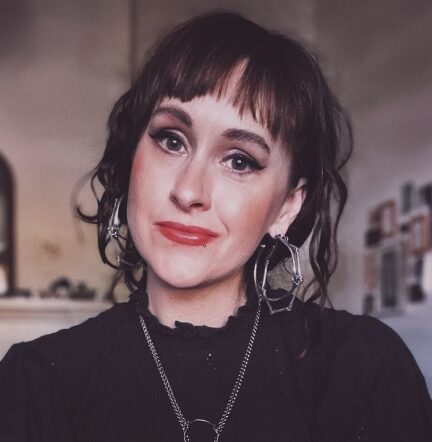
by Michele Kirichanskaya | Oct 13, 2023 | Blog
Lyndall Clipstone writes about monsters and the girls who like to kiss them. A former youth librarian who grew up running wild in the Barossa Ranges of South Australia, she currently lives in Adelaide, Australia, where she tends her own indoor secret garden. She is...
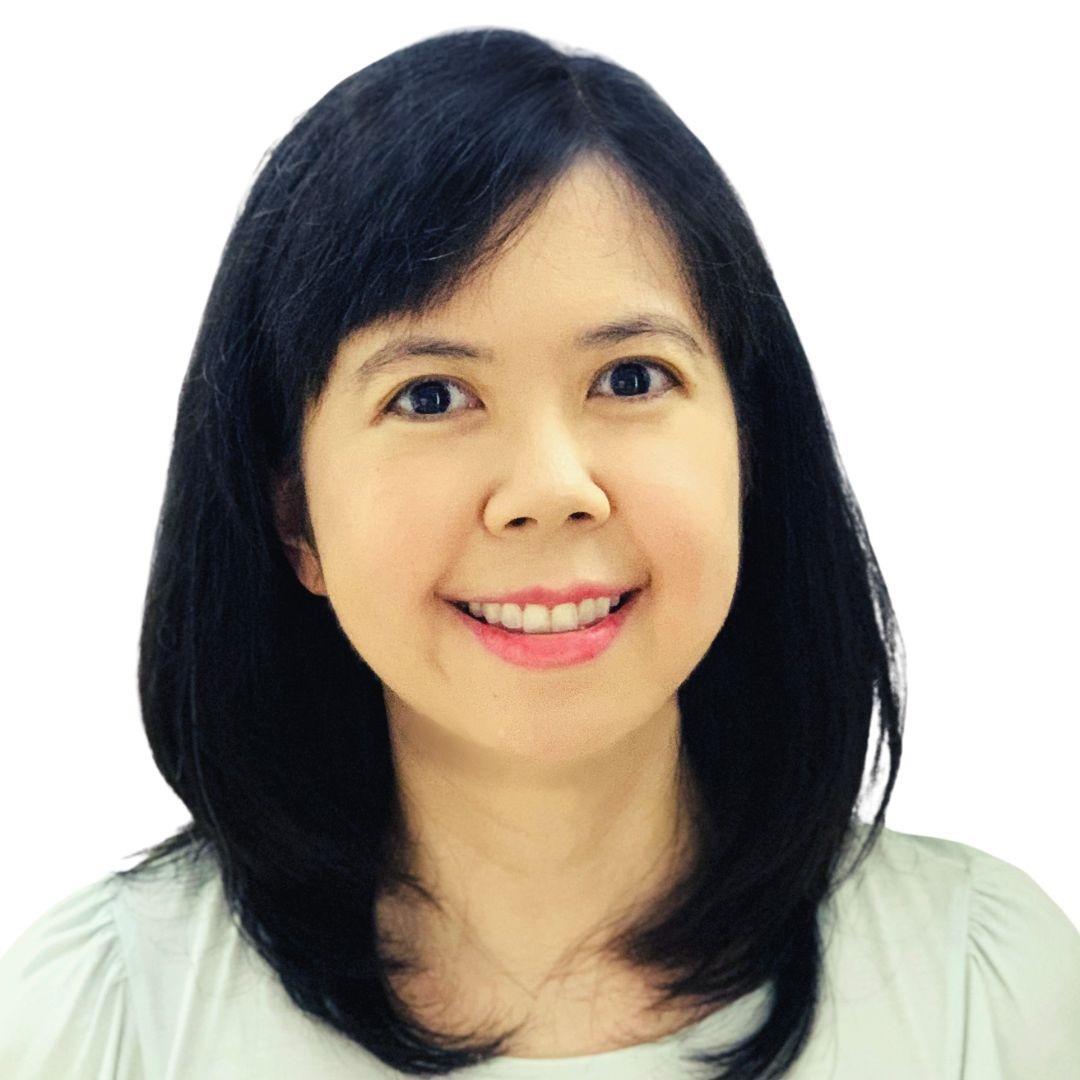
by Michele Kirichanskaya | Oct 6, 2023 | Blog
Sher Lee writes rom-coms and fantasy novels for teens. Fake Dates and Mooncakes is her debut. Like the main character, she has made mooncakes with her favorite aunt and has an abiding love for local street food (including an incredible weakness for Xiao Long Bao). She...
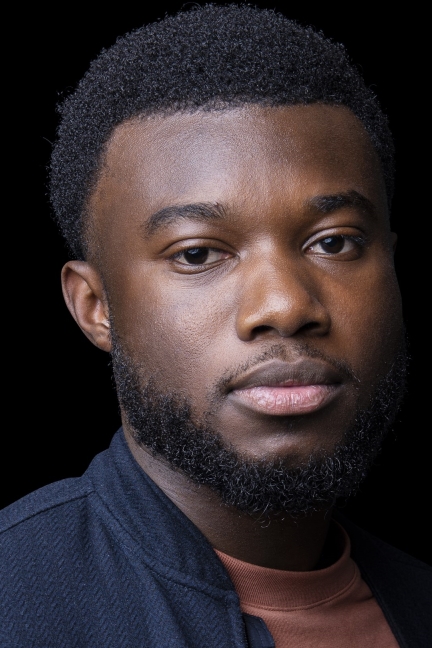
by Michele Kirichanskaya | Oct 4, 2023 | Blog
Tomi Oyemakinde grew up in London, before being uprooted at the age of 6 to head across the North Sea to the Netherlands. Going on to live in a further two countries across two continents, he was anchored by a scenic boarding school and fantastical stories – namely...
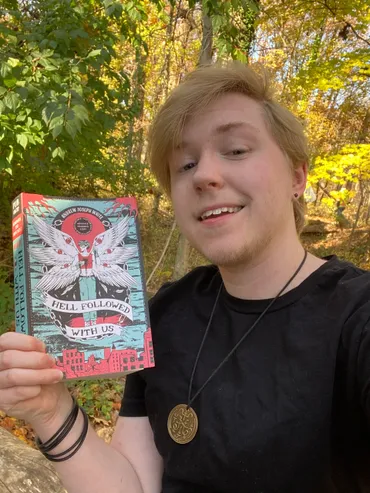
by Michele Kirichanskaya | Sep 27, 2023 | Blog
Andrew Joseph White is a queer, trans author from Virginia, where he grew up falling in love with monsters and wishing he could be one too. He received his MFA in Creative Writing from George Mason University in 2022. Andrew writes about trans folks with claws and...
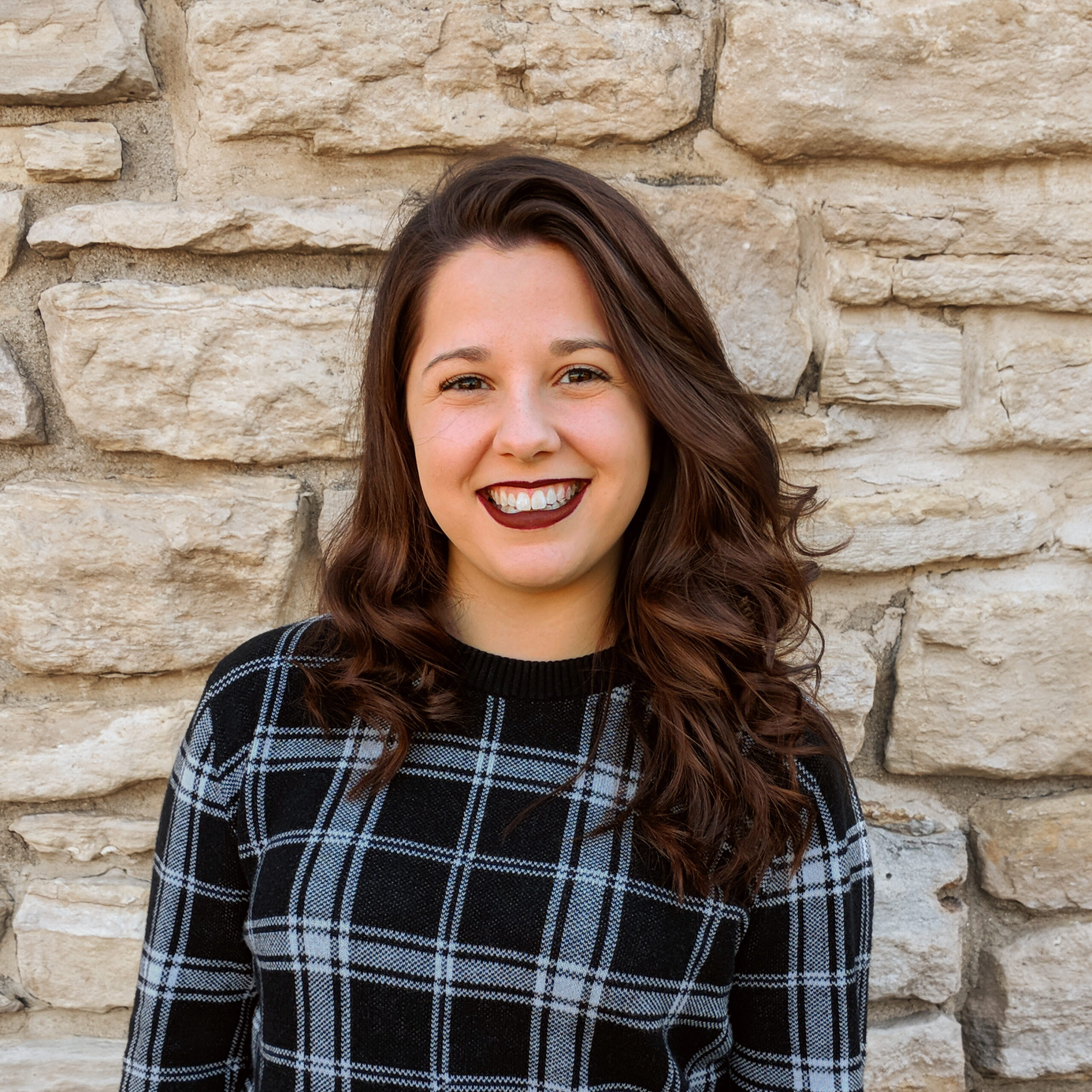
by Michele Kirichanskaya | Aug 25, 2023 | Blog
Anna Sortino is a young adult author who writes stories about disabled characters living their lives and falling in love. She’s Deaf and passionate about diverse representation in media. Born and raised in the Chicagoland area, Anna has since lived in different...






